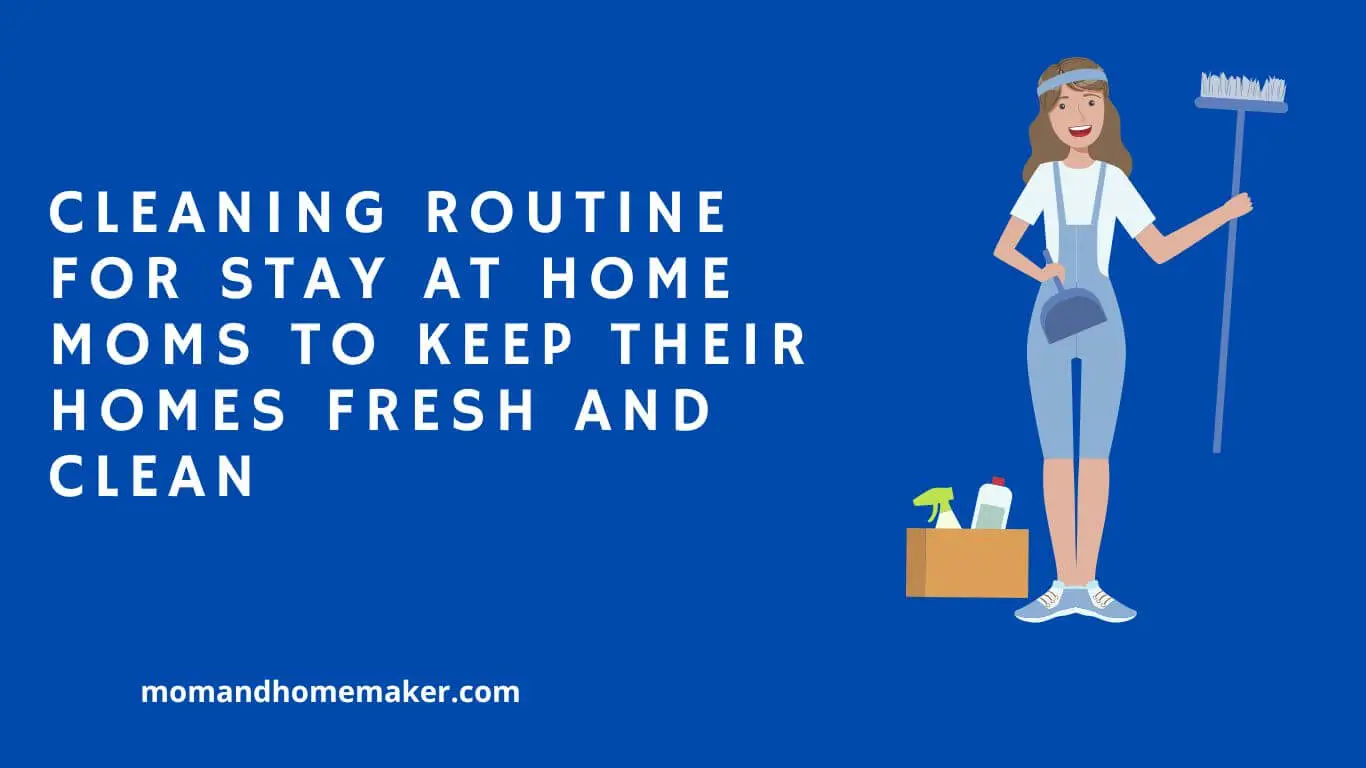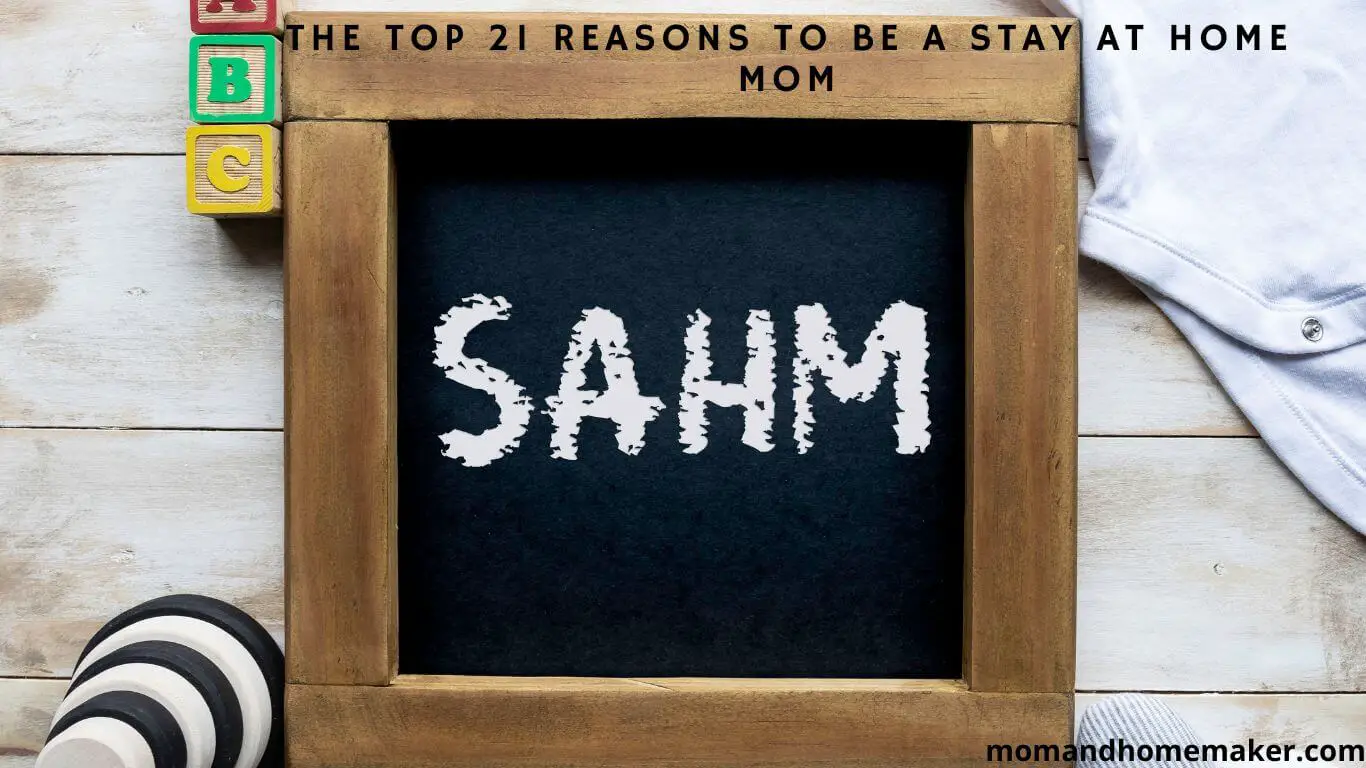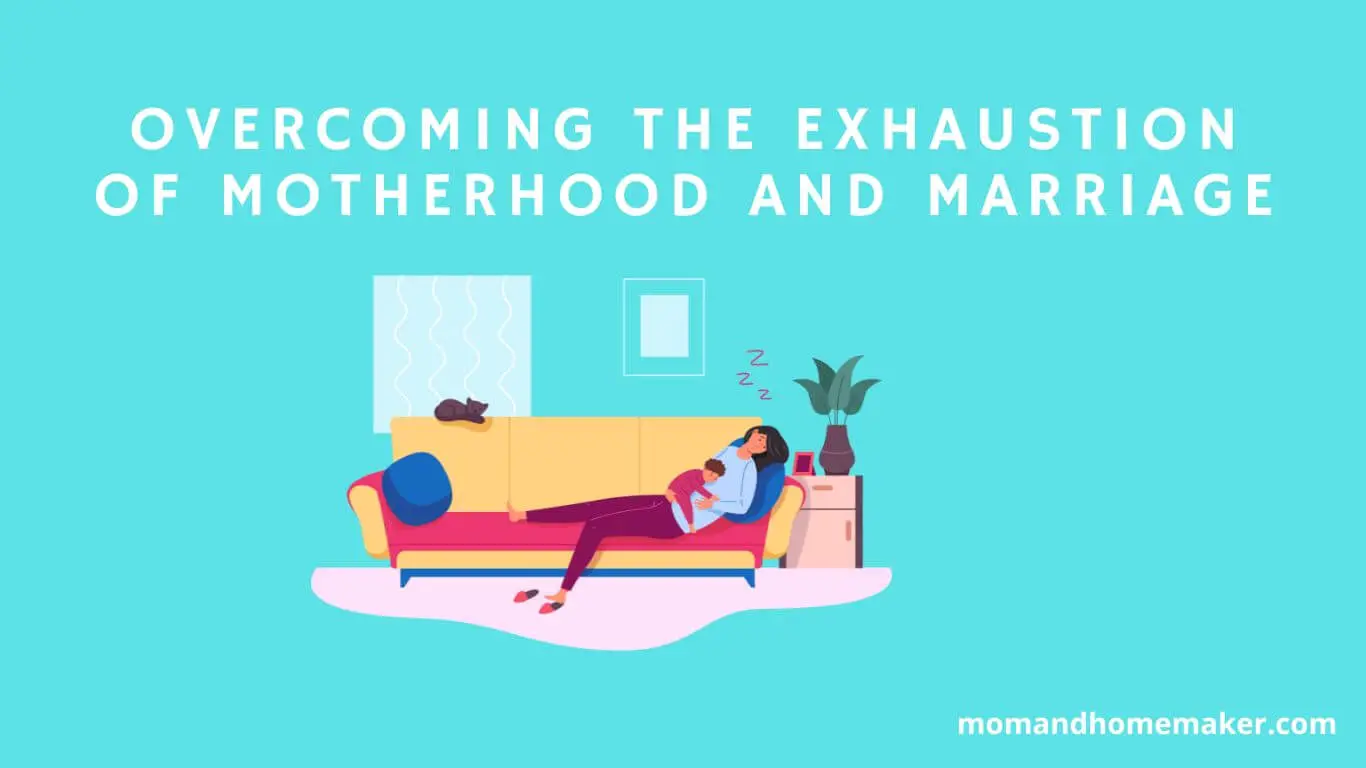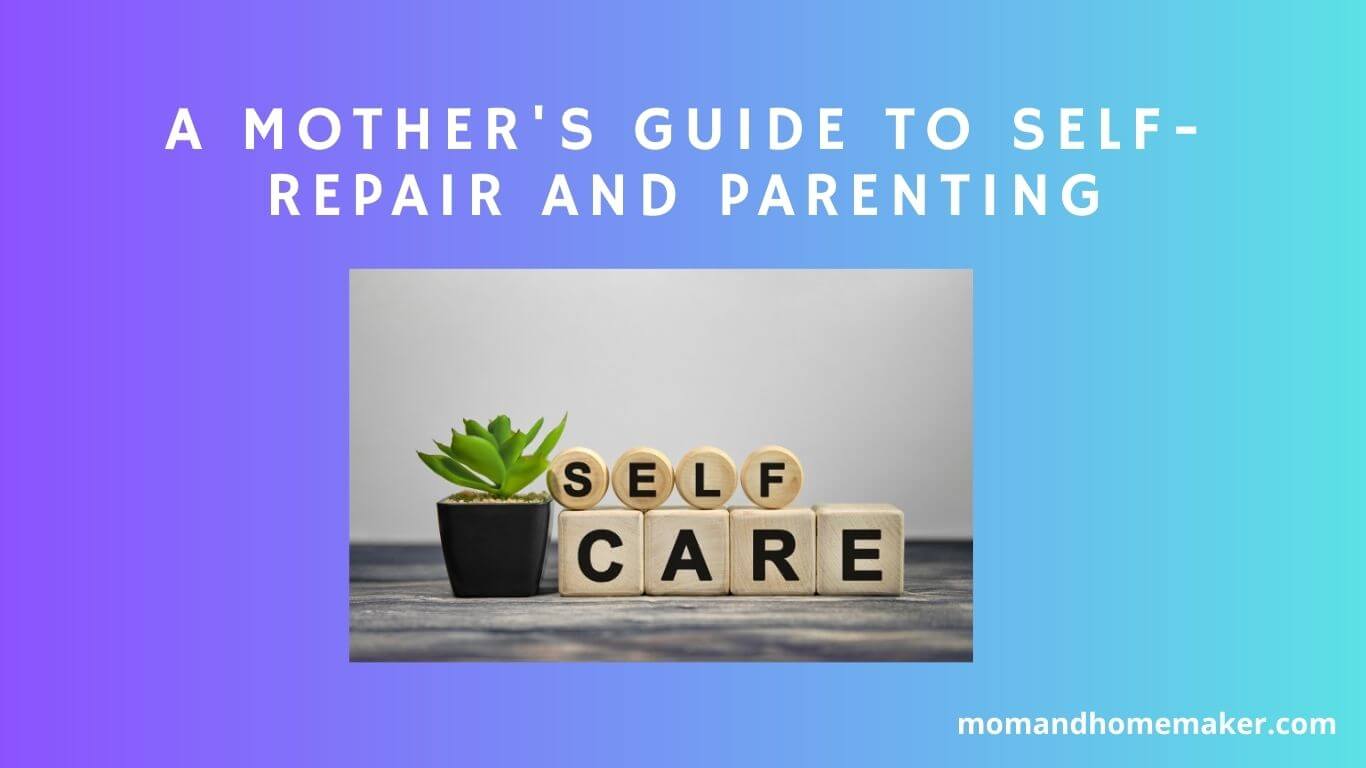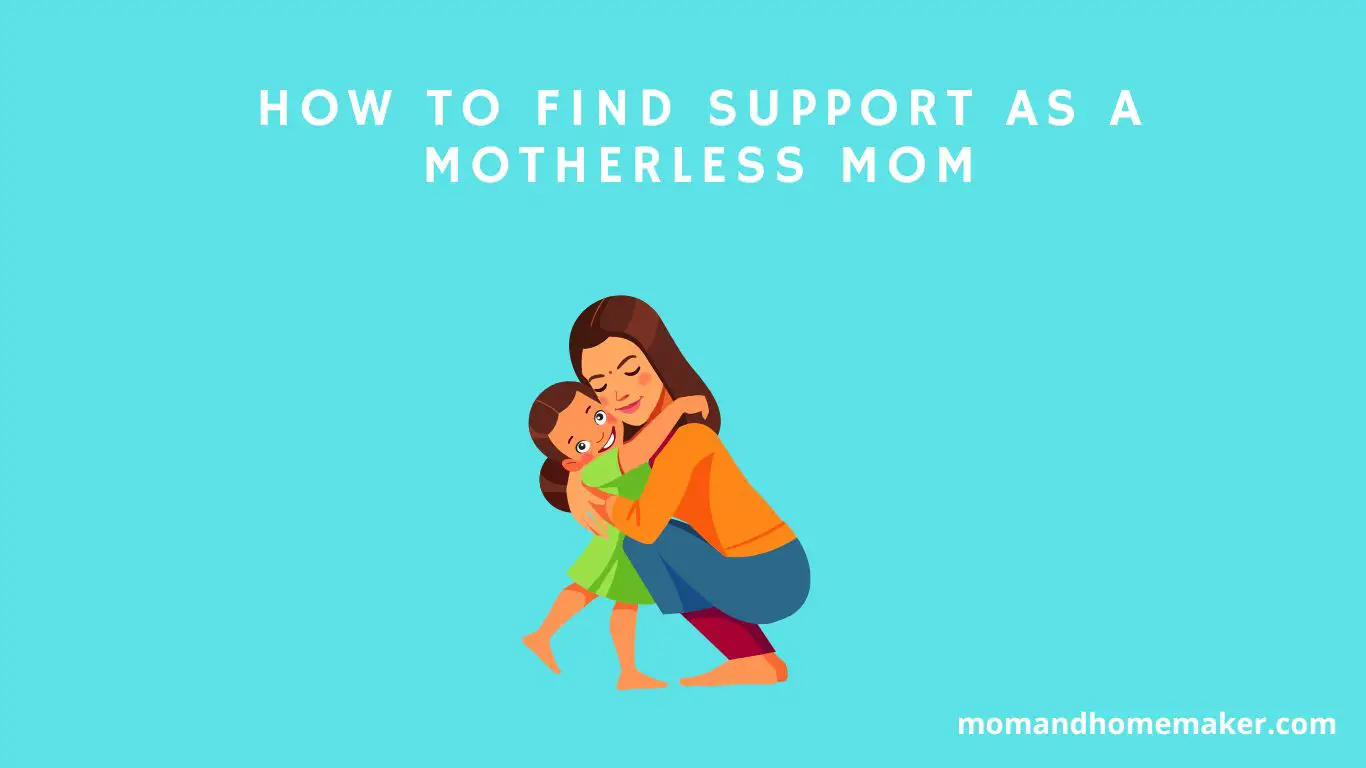The saying ‘History repeats itself’ seems to ring true when we consider the increasing presence of stay-at-home moms. In a world filled with fast-paced lifestyles and career ambitions, a subtle shift is occurring.
Stay-at-home moms are making a comeback, driven by a variety of factors. From changes in society to personal preferences, the reasons behind this trend are diverse and captivating.
Let’s delve into the factors shaping the modern landscape of motherhood.
Historical Perspective on Stay-at-Home Moms
In the past, societal norms often dictated that women should focus on being stay-at-home moms, prioritizing domestic responsibilities over career pursuits.
This historical perspective reveals the traditional roles assigned to women within the family unit, with expectations for women to devote their time and energy to nurturing their children, managing household chores, and supporting their husbands.
The concept of a stay-at-home mom was deeply ingrained in society, allowing little flexibility from this established path.
Societal norms significantly influenced the perception of stay-at-home moms, instilling the belief that women’s value resided in their ability to create a loving home environment.
Pursuing a career outside the home was often considered secondary to their roles as mothers and wives, limiting opportunities for personal and professional growth. This emphasis on domesticity confined women to the private sphere of the home, restricting their autonomy.
Despite the constraints imposed by historical perspectives and societal norms, many women found fulfillment in their roles as stay-at-home moms. They took pride in creating a stable and nurturing environment for their families, prioritizing their children’s well-being above all else.
While the landscape of motherhood has evolved, understanding the historical context allows us to appreciate the journey of stay-at-home moms in today’s society.
Factors Influencing Stay-at-Home Choices
Many mothers choose to stay at home with their children for various reasons. Some feel a sense of duty and responsibility to their family and children due to societal expectations. Being a stay-at-home mom is seen as a significant sacrifice for the well-being of the family.
On the other hand, personal fulfillment also plays a crucial role in this decision-making process. Many mothers find happiness and purpose in nurturing and guiding their children during their formative years.
The decision to stay at home with children is a complex one, balancing the pressures of societal norms with the desire for personal fulfillment. It’s a deeply personal choice that reflects both a sense of duty and a pursuit of happiness in caring for others.
Rise of Work-From-Home Opportunities
The rise of work-from-home opportunities has opened doors for stay-at-home moms to balance caregiving responsibilities with professional pursuits. Remote employment and virtual opportunities allow mothers to contribute to the workforce while being present for their families.
These work-from-home options offer a flexible schedule that aligns with children’s needs, enabling moms to earn income without sacrificing time with their little ones.
One significant advantage of remote work is the elimination of commuting time, providing more hours in the day for both work and family. Opportunities like freelance writing, virtual assisting, online tutoring, and remote customer service roles cater to a range of skills and interests for stay-at-home moms.
This allows them to pursue a fulfilling career from home while being available for important family moments like school pickups and doctor’s appointments.
For stay-at-home moms, the increase in work-from-home opportunities allows a seamless blend of professional aspirations with caregiving responsibilities. Embrace the convenience and flexibility of remote work to excel as both a dedicated parent and a successful professional.
Impact of the COVID-19 Pandemic
The COVID-19 pandemic has brought significant changes for stay-at-home moms, introducing new challenges and opportunities in caregiving and remote work. Here are some key points to consider as you navigate these shifts:
- Work-Life Balance Shift: The pandemic has blurred the boundaries between work and home life, making it tough to juggle professional duties and caregiving responsibilities. Setting clear boundaries, establishing routines, and prioritizing tasks are crucial to ensure that both work and family receive the attention they need.
- Impact on Mental Health: The uncertainties and stresses of the pandemic can affect your mental well-being. Prioritizing self-care, seeking support when necessary, and engaging in activities that help you unwind are essential. Remember, taking care of your mental health is vital for effectively caring for your family.
- Remote Work Opportunities: With the increase in remote work options, you may discover new avenues to pursue a career while being present for your family. Embrace the flexibility remote work offers, but remember to set boundaries to maintain a healthy work-life balance.
In this changing landscape, remember to prioritize your well-being and seek support when needed. By finding the right balance and taking care of your mental health, you can navigate the challenges of the pandemic while embracing the opportunities it brings.
Changing Gender Roles in Society
The changing dynamics of stay-at-home parenting during the COVID-19 pandemic highlight the shifting gender roles in society. Gender equality and achieving a healthy work-life balance are increasingly important in today’s world.
Gender equality promotes fairness and opportunities for all individuals, challenging traditional stereotypes and norms. It encourages inclusivity and diversity, fostering a more equitable society.
Work-life balance is essential for well-being, reducing stress levels, and managing professional and personal commitments effectively. It also encourages shared responsibilities and open communication within families, strengthening bonds.
As roles within families evolve, embracing these changes can lead to a more harmonious and fulfilling life for everyone. Prioritizing gender equality and work-life balance creates a supportive environment where each family member can thrive and contribute positively.
By adapting to these evolving gender roles, individuals not only benefit themselves but also contribute to a more balanced and equitable society.
Economic Considerations and Trade-offs
Considering the financial implications and necessary compromises is essential when navigating the world of stay-at-home parenting. Here are some key points to keep in mind:
- Maintaining Financial Stability: Shifting to a single-income household requires careful budgeting and planning. It’s crucial to evaluate your family’s financial needs, create a realistic budget, and explore ways to save money where possible. Prioritizing essentials over luxuries can help secure long-term financial stability.
- Balancing Work-Life: Finding a balance between managing household duties and personal well-being is crucial. Setting clear boundaries, establishing routines, and openly communicating with your partner about expectations can contribute to a harmonious work-life balance. Remember to schedule time for self-care to prevent burnout and maintain overall well-being.
- Exploring Income Opportunities: While staying home to care for your family, consider looking into flexible work-from-home options or part-time jobs that match your skills and interests. This can supplement the family income, provide a sense of fulfillment, and help you stay connected to the professional world.
Support Systems for Stay-at-Home Moms
Building a strong support system is crucial for stay-at-home moms as they navigate the ups and downs of full-time parenting. Peer support plays a key role in offering encouragement, understanding, and a sense of belonging.
Connecting with other stay-at-home moms through local groups, online forums, or parenting classes can help combat feelings of loneliness and provide a platform for sharing experiences and tips.
These interactions can lead to lasting friendships and create a supportive community that offers emotional backing during both enjoyable and tough moments.
Besides peer support, prioritizing mental well-being is essential for stay-at-home moms. Taking care of your emotional health benefits not just you but your family as well. It’s important to make time for self-care activities, whether it’s reading a book, taking a walk, or practicing mindfulness.
Seeking professional help if you’re feeling overwhelmed or dealing with mental health challenges is a sign of strength, showing that you’re proactive about your well-being. Many communities offer resources like counseling services or support groups tailored to the needs of stay-at-home moms.
Flexibility in Modern Work Environments
Flexibility in today’s work environments is crucial for balancing professional duties and personal obligations effectively. In our fast-paced world, finding a job that allows remote work and promotes work-life balance is essential for many individuals juggling career and family responsibilities.
Here are three important factors to consider when seeking flexibility in a modern work setting:
- Remote Work Options: With technological advancements, more companies now offer remote work opportunities. This flexibility lets you fulfill your job responsibilities from home, saving time on commuting and providing the flexibility needed to manage personal commitments efficiently.
- Flexible Work Schedules: Many modern workplaces understand the significance of accommodating employees’ personal lives. Flexible schedules allow you to adjust your work hours to suit your family’s needs, making it easier to strike a balance between work and home life.
- Work-Life Balance Programs: Some companies have specific initiatives in place to help employees achieve a healthy work-life balance. These programs may include mental health support, family-friendly policies, or wellness initiatives aimed at ensuring employees can thrive in their professional roles while nurturing their personal lives effectively.
Cultural Attitudes Towards Motherhood
When exploring how society views motherhood, we uncover a complex interplay of cultural norms and expectations. There are significant pressures to adhere to traditional gender roles, often confining women’s roles to the home. These societal expectations can shape the perception and experience of motherhood.
Cultural norms surrounding motherhood greatly influence attitudes towards stay-at-home mothers. Many cultures uphold ideals of selflessness, nurturing, and sacrifice as essential to motherhood. This can lead to a narrow definition of successful mothering, sometimes resulting in judgment or criticism of mothers who deviate from these norms.
It is important to acknowledge the diversity of experiences and choices in motherhood. Embracing a more inclusive perspective can challenge rigid cultural norms and foster acceptance of different parenting styles. By recognizing the impact of societal pressures and questioning traditional gender roles, we can contribute to creating a more supportive environment for all mothers.
Media Portrayal of Stay-at-Home Moms
When it comes to shaping societal perceptions and expectations around motherhood, the media plays a significant role in influencing cultural attitudes toward stay-at-home moms.
It’s important to consider how the portrayal of stay-at-home moms in the media may be biased and perpetuate stereotypes that impact how society values and views this parenting choice.
The media often presents a limited and outdated view of stay-at-home moms, failing to capture the diversity and complexity of their experiences. This narrow representation can contribute to reinforcing societal expectations placed on stay-at-home moms, leading to increased pressure to conform to idealized images of motherhood.
As a result, stay-at-home moms may face external pressures due to unrealistic portrayals in the media, which can affect their self-esteem and confidence in their parenting role.
To create a more inclusive and supportive environment for all mothers, regardless of their decision to stay at home or pursue a career, media outlets must portray stay-at-home moms authentically and in a varied light.
By challenging stereotypes and biases in media representation, we can work towards a more accurate reflection of the diverse realities and challenges that stay-at-home moms encounter in their daily lives.
Benefits of Stay-at-Home Parenting
Deciding to stay at home and care for your child offers a special chance to build a strong connection with them and actively engage in their growth and progress.
Being there during important developmental phases allows you to influence your child’s values, beliefs, and behaviors through your unique parenting approach. This hands-on method enables you to adjust your interactions based on your child’s specific needs, rather than following societal norms.
The bond you form with your child can have a positive impact on their emotional and cognitive development. Your active participation in their daily activities, playtime, and educational experiences can improve their social and cognitive skills.
By paying attention to your child’s reactions, you can tailor your parenting techniques to best support their development. This level of involvement also allows for flexible family dynamics, ensuring the well-being of all family members is met in harmony.
Challenges Faced by Stay-at-Home Moms
Stay-at-home parenting comes with its own set of challenges that can be tough to navigate. Here are some common hurdles faced by stay-at-home moms and tips on how to overcome them:
Challenges Faced by Stay-at-Home Moms:
- Maintaining Mental Health: Balancing family responsibilities while prioritizing your mental well-being can feel overwhelming. It’s crucial to practice self-care, seek support from friends or professionals, and remember that taking care of yourself enables you to better care for your loved ones.
- Managing Time Effectively: Handling household chores, child-rearing, and personal tasks requires good time management skills. Creating a daily schedule, setting achievable goals, and delegating tasks can help you maximize your time. Don’t hesitate to ask for help when needed and avoid trying to do everything alone.
- Combatting Social Isolation: Spending most of your time at home may lead to feelings of loneliness. Connecting with other stay-at-home moms through local groups, online communities, or classes can provide valuable social support. Building relationships with others who understand your situation can help alleviate feelings of isolation.
Future Projections for Motherhood Trends
In the coming years, we can expect significant changes in motherhood trends as society and family dynamics continue to evolve rapidly. Parenting roles will shift towards more shared responsibilities between partners, moving away from the traditional view of mothers as the primary caregivers. Instead, both parents will actively participate in raising their children.
The expectations surrounding motherhood will also change, placing a greater emphasis on flexibility and achieving a work-life balance. With more women joining the workforce and pursuing fulfilling careers, the definition of a successful mother will expand to encompass various paths and choices.
It’s becoming increasingly clear that there’s no one-size-fits-all experience of motherhood, and women should have the freedom to shape their parenting journey based on their preferences and circumstances.
Looking ahead, we anticipate an increase in support systems for mothers, including accessible childcare options, paid parental leave policies, and workplace flexibility. These changes aim to empower mothers to navigate the demands of modern parenthood while also pursuing their personal and professional aspirations.
By adapting to evolving parenting dynamics and challenging traditional social norms, the future of motherhood is set to be more inclusive, diverse, and supportive for all individuals involved.
Conclusion
The role of stay-at-home moms is evolving in today’s society. Instead of being limited to traditional views of motherhood, these women are embracing a new sense of empowerment. By prioritizing simplicity and connection, they aren’t just caregivers but also trailblazers challenging societal norms.
This shift opens up a world of opportunities for those who choose a less conventional path, shining brightly like stars in the night sky.


